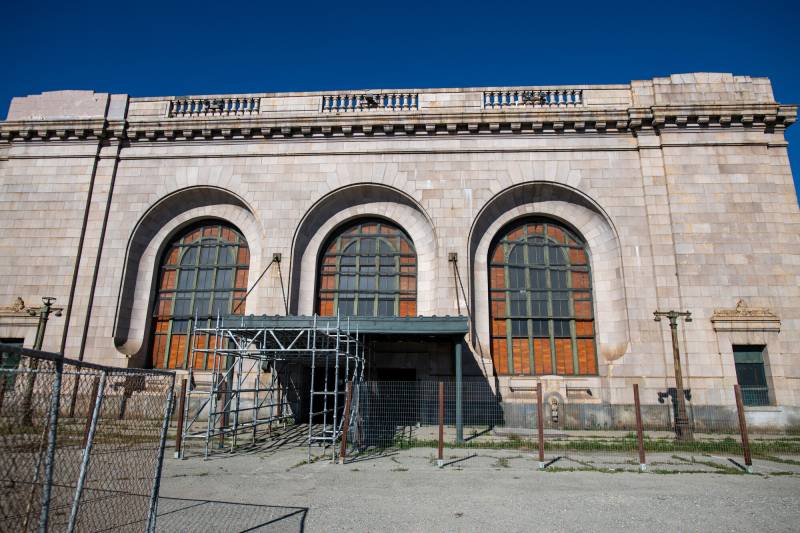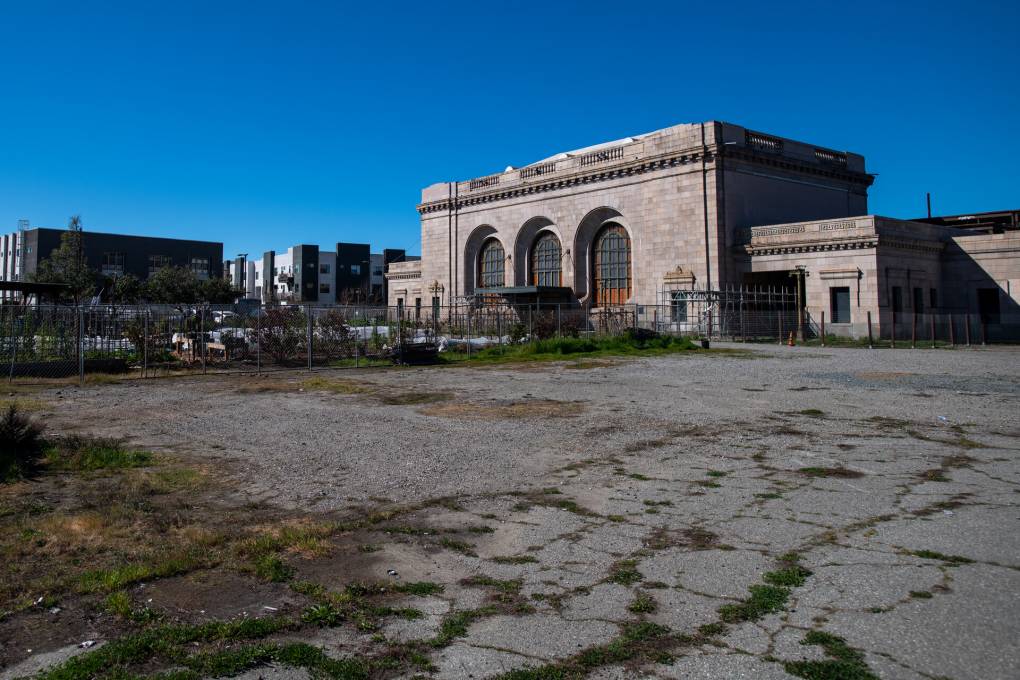Badly needed repairs to West Oakland’s historic 16th Street Station are still far from a done deal — following decades of neglect and multiple owners.
The main sticking point has been finding the money to pay for the repairs. City Ventures, the train station’s latest owners, hired Arthur Combs, the principal of OE Consulting, to explore fundraising.
“Most of the [previous] restoration efforts have focused on the physical plant of the building, restoring this glorious architectural edifice, and that’s crucial,” he said. “But our focus is really on the benefit to the community. And we hope that that slight shift in focus will inspire a donor or seven.”
City Ventures, a housing developer based in San Francisco and Irvine, bought the historic station in 2022 — and, earlier this year, hired OE Consulting, which focuses in part on coming up with organizational strategies for nonprofits, public agencies and businesses.
City Ventures applied with the city of Oakland to build a 77-unit townhome-style development — dubbed “Signal House” — on the areas around the station. The proposal has been under review since May 2023 and does not include rehabilitation of the station. Repairs to the station, which include seismic retrofitting, are estimated to cost around $50 million, according to Combs.

Combs said among the initial steps is a search for an “anchor funder” — someone who can donate $3 million to $5 million to kickstart the restoration project for the station.


